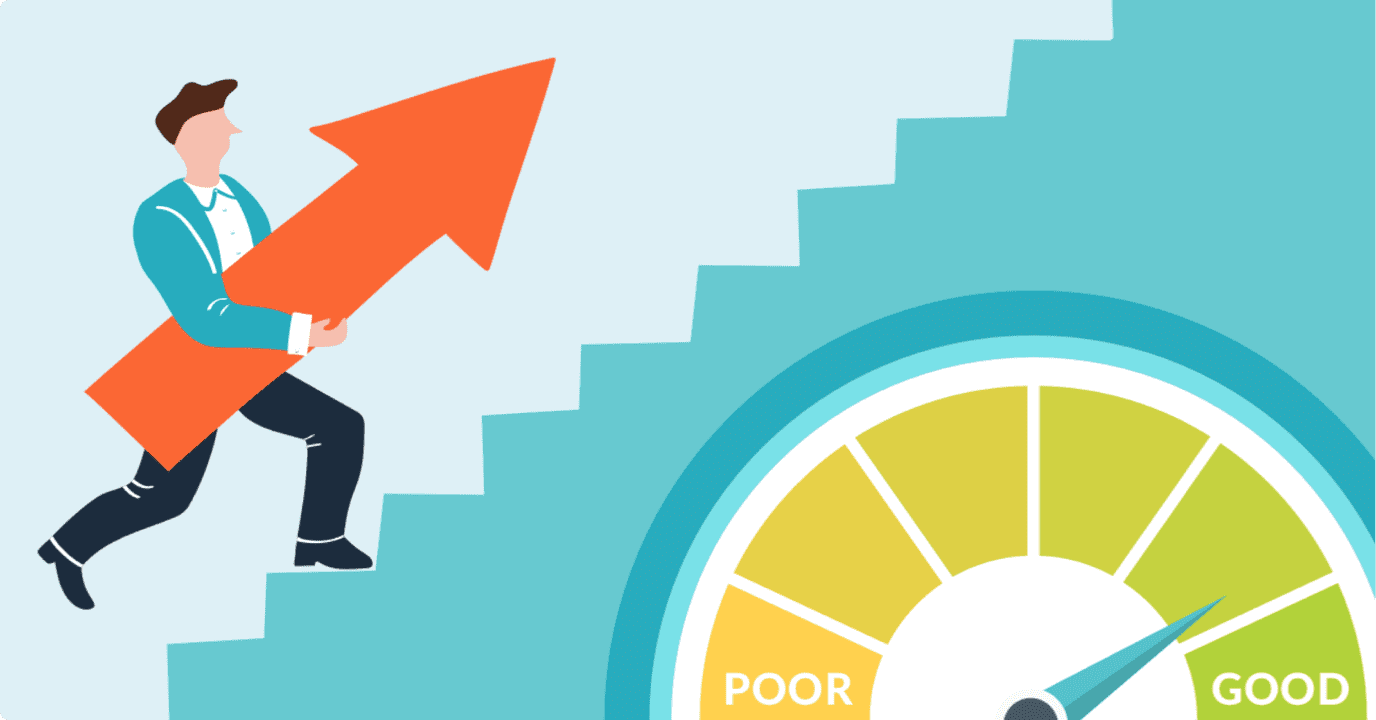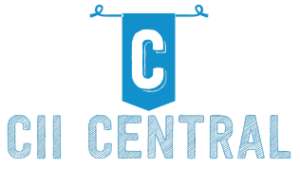To effectively increase efficiency and identify potential bottlenecks, flowcharts are a great tool. Flowcharts provide an organized way of visualizing the processes in any given system and can be used to accurately pinpoint areas that need improvement.
This article will explain how to use flowcharts as well as discuss the benefits they provide when it comes to identifying and alleviating problems within a system.
With this information, you’ll learn what makes flowcharting so useful, which elements should be included when creating your chart, and finally how best to utilize them for achieving improved efficiency.
Understanding Flowcharts

Flowcharts are visual diagrams used to represent the sequence of steps and decisions necessary to complete a process. They can be used in any field or industry, from medicine to engineering, as they provide an organized way of understanding complex processes.
By using flowcharts, it is easier for both experts and novices alike to identify bottlenecks that could affect efficiency. The key elements of a flowchart include symbols representing activities, flows or pathways between these activities, decision points with multiple outcomes, and start/end points.
To understand the function of each element within the chart, users need to be familiar with basic flowchart terminologies such as inputs/outputs, tasks/actions, and conditional logic statements (IF-THEN).
Creating a flowchart begins by breaking down the process into individual components; then connecting those components in logical order. To make sure all aspects have been covered accurately and efficiently, users should review their work for accuracy before implementing it on any system or workflow project.
The ultimate goal is for everyone involved in a process – whether internal staff members or external customers – to be able to understand how everything works at first glance when looking at the chart. Once you’ve created your flowchart(s), use them as guides when trying to identify potential bottlenecks that could hold up productivity or slow down services being offered externally.
Being able to take apart an entire process step by step makes it much simpler than if you were trying to tackle one large problem without proper guidance or direction!
Identifying Bottlenecks

Identifying bottlenecks within a process can be tricky; however, flowcharts are an effective tool for understanding and improving the efficiency of any task. Flowcharts help to illustrate the individual steps in a process and provide an overview of how different elements interact with each other.
When creating a flowchart, it is important to consider all relevant factors including resources needed, time taken for completion, number of manual interventions required, etc. By ensuring that all aspects are visible in the chart, it can be easier to identify bottleneck points or areas where improvements could be made.
This will not only improve workflow but also increase productivity by making processes quicker and more efficient. Furthermore, monitoring improvements can easily be done as changes are implemented due to the visual nature of flowcharts – allowing businesses to track their progress toward greater efficiency over time.
Analyzing Efficiency
Analyzing Efficiency with Flowcharts Flowcharts can be an effective tool for businesses to identify and address any potential bottlenecks in their operations. By creating a flowchart that outlines the processes within a business, managers can gain insight into where the biggest delays are occurring.
This helps them determine which areas of their system need improvement or optimization to increase efficiency and reduce costs.
With this knowledge, companies can then use various tactics such as reducing paperwork, streamlining communication protocols, or investing in new technology to create positive change and achieve better results.
Ultimately, analyzing efficiency through flowcharts is key to enabling businesses to remain competitive and successful in today’s market.
Developing Solutions to Improve Efficiency
When it comes to improving efficiency, flowcharts are an invaluable tool. They can help identify potential bottlenecks and provide a visual representation of processes that can be used to develop solutions for optimizing an organization’s workflow.
By creating a flowchart, companies can break down individual tasks into smaller parts and outline their interconnections to identify areas where improvements can be made.
The most important step when using flowcharts is accurately mapping out the process from beginning to end and looking for any issues or redundancies that could slow down overall productivity.

By understanding the existing process in detail, businesses can come up with ideas on how best to streamline operations and save time by eliminating unnecessary steps or combining related functions.
Additionally, they may also uncover opportunities for automation which could further improve efficiency and reduce costs associated with manual labor. Flowcharts don’t just provide insights about current processes but also offer guidance on how future changes should be implemented to maximize results.
This makes them especially useful when developing new services or products as they allow teams to test different scenarios before making firm decisions on how resources should be allocated or distributed across departments/teams within an organization.
In conclusion, using flowcharts is a great way of identifying ways of increasing efficiency while also providing crucial insight into what actions need to be taken to get there.
With accurate data collection and creative problem-solving skills, businesses have all the tools necessary for developing effective solutions that will propel performance forward!




